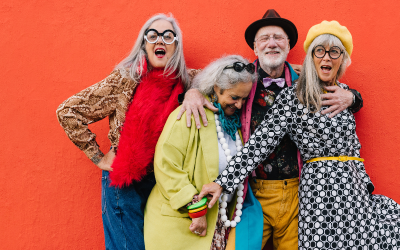There is a difference between how the brains of healthy older adults perceive colour compared to younger adults, finds a new study led by UCL researchers.
The research, published in Scientific Reports, compared how the pupils of younger and older people reacted to different aspects of colour in the environment.
The team recruited 17 healthy young adults with an average age of 27.7, and 20 healthy older adults with an average age of 64.4.
Participants were placed in a blackout room and shown 26 different colours for five seconds each, while the researchers measured the diameter of their pupils.
Pupils constrict in response to increases in colour lightness and chroma (colourfulness).
The colours shown included dark, muted, saturated and light shades of magenta, blue, green, yellow and red, alongside two shades of orange and four greyscale colours.
Using a highly sensitive eye tracking camera*, which recorded the pupil diameter at 1000 times per second, the team found that the pupils of healthy older people constricted less in response to colour chroma compared with young adults. This was particularly marked for green and magenta hues.
However, both younger and older adults had similar responses to the ‘lightness’ of a colour shade.
The study is the first to use pupillometry to show that as we grow older, our brains become less sensitive to the intensity of colours in the world around us.



Is this why some people don’t mind the vivid calibration on Samsung phones?
No, I think it’s because some people have zero fucks left to give about reality or how to get there.